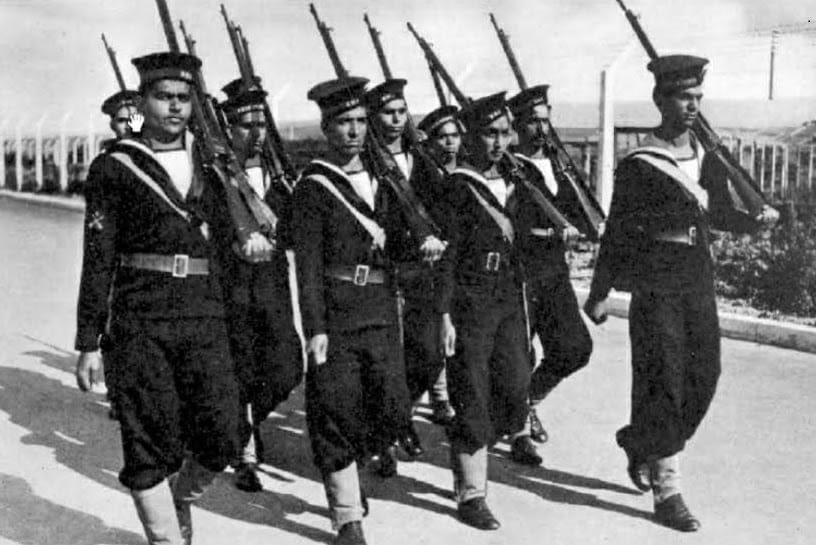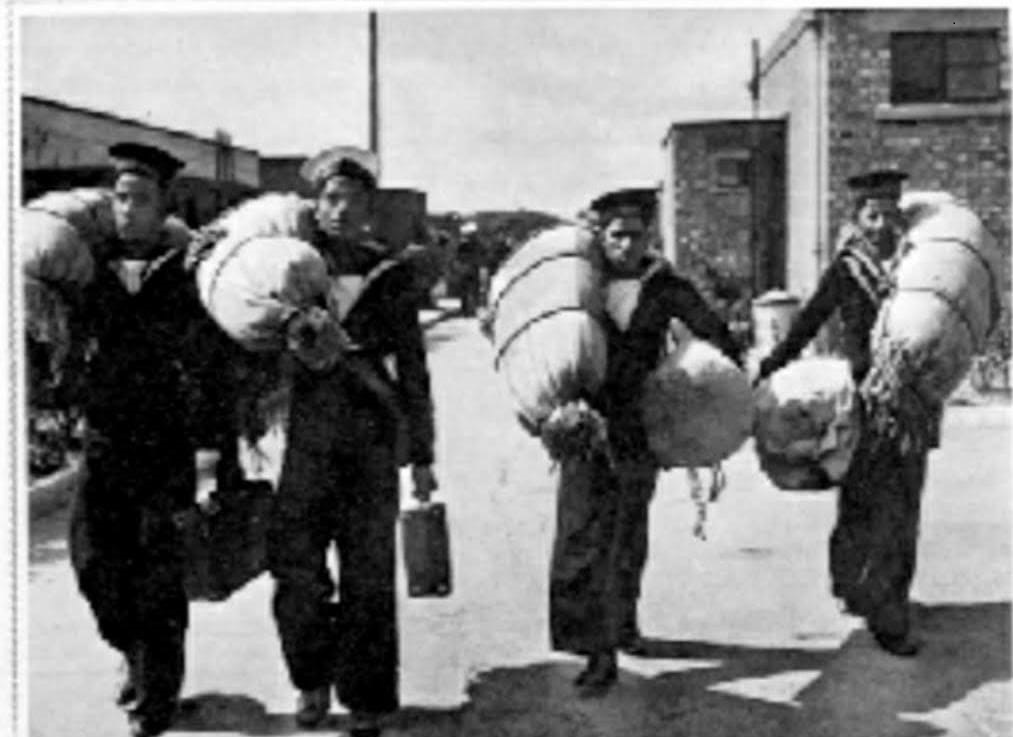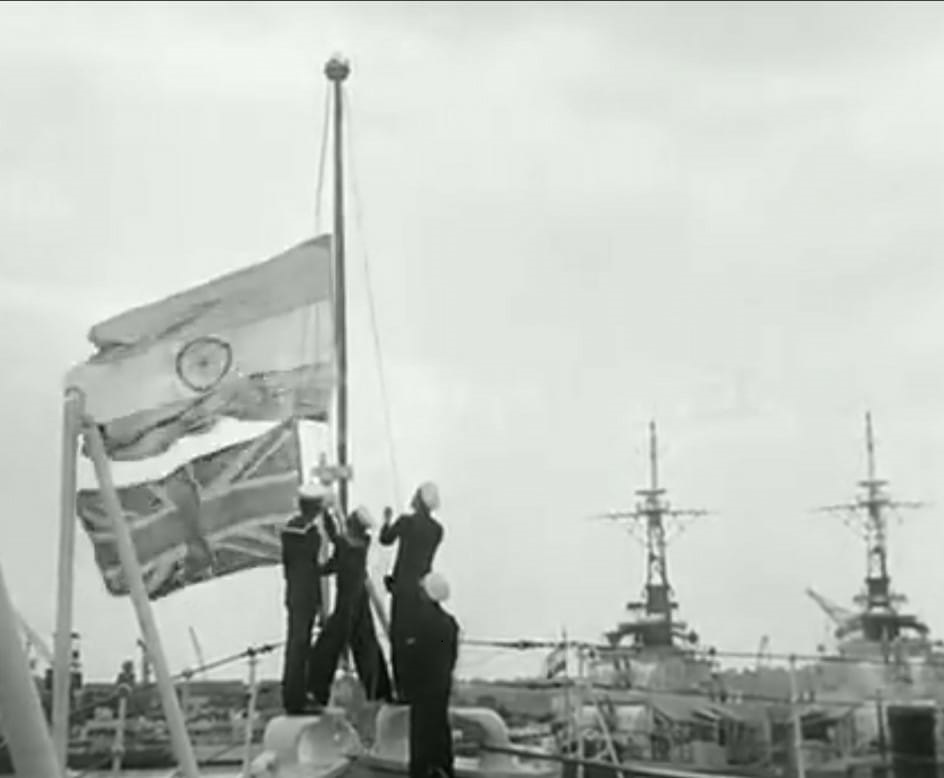1946 Naval Mutiny was the Last war of Independence, which petrified the British that 1857 may be repeated.
The 73rd Republic Day was the occasion for recognising the unsung heroes of India’s struggle for freedom. Mahatma Gandhi-led Congress’ non-violent movement of satyagrahas had created the milieu. Putsch by the Subhas Bose-led Indian National Army and the mutiny by naval ratings in 1946 provided the fulcrum for making the sun set on the British Empire. Apart from including Bose’s birth anniversary, 23 January, as part of the annual Republic Day fanfare and installing a hologram (to be followed by a granite statue) of Netaji Bose at India Gate, the Narendra Modi government saluted the 1946 mutineers by mentioning them in the Indian Navy tableaux in this year’s parade—it was a rarest of rare gesture, for never before have the armed forces saluted the memory of those who rose up in arms against the established order.



The 1946 uprising saw the emergence of the Iron Man, Sardar Vallabbhai Patel—he negotiated peace and his equity with common people restored peace. This was much before the union of princely states, a task he was to achieve in nascent Independent India.
Clement Attlee, the successor of Winston Churchill as post-war Britain’s Prime Minister, during whose tenure India attained Independence, is on record having admitted during a conversation in Calcutta in 1956 that the surcharged atmosphere in India caused by the trial of Indian National Army (INA) heroes at the Red Fort, accentuated by the Naval mutiny, had triggered the sending of the Cabinet Mission and the subsequent decision to grant freedom. In 1967, the then British High Commissioner in New Delhi, John Freeman, had told a gathering that the 1946 mutiny had petrified London that 1857 may be repeated. In both World Wars, Indian troops had been gun fodder for the imperial power—post war events suggested that support of Indian military—army, air force and naval personnel—could no longer be taken for granted and war-ravaged Britain opted for discretion and decided to bow out of the country which was the “Crown Jewel” of the Empire.
The ratings of the RIN battleship HMIS “Talwar”, docked at Bombay, went on strike on 18 February 1946 over the issues of bad food and adverse living conditions. The Communist Party of India, which had a sizeable following among the working class in Bombay, extended support. Congress and Muslim League were critical. But the mutineers did not discriminate, they hoisted together the tricolour of the Congress, green streamer of the Muslim League and the red flag of CPI on the 78 ships. The Naval ratings went all-out to urge the people of Bombay to rise in support of their revolt—the greatest in the naval history—spreading to 78 ships and 22 units all along the Indian coastline, from Karachi to Calcutta. In response to their call, several processions were taken out in Bombay, Karachi, Calcutta and other places in the subsequent days. Some 400 of Indian citizens were killed
The Naval mutiny has been chronicled in a book by Roli Books publisher, Pramod Kapoor, “1946: Last war of Independence, Royal Indian Navy Mutiny”. In the words of filmmaker Shyam Benegal, the book is thoroughly researched and provides an exciting account of “what is commonly seen as a footnote in the history of the freedom movement”. The book has been endorsed by historians Rudrangshu Mukherjee and William Darlymple. According to Mukherjee, the book highlights how India’s common people played yeoman role in shaping India’s history.
The book’s cover illustration too has a history. It is a painting by a Chittagong-born artist, Chittaprosad Bhattacharya, who was witness to the events in Bombay in 1946 and was present in Kamgar Maidan when citizens of Bombay, especially the working class, rallied in support of the mutiny on 22 February 1946.
The book records that the mutiny caused public disagreements between Mahatma Gandhi and Congress leader Aruna Asaf Ali, and between Jawaharlal Nehru and Sardar Patel. But this seminal event, which inspired a song composed by Salil Choudhury, theatre Kallol by Utpal Dutt and art, like the one depicted on the book’s cover, accelerated the transfer of power.

